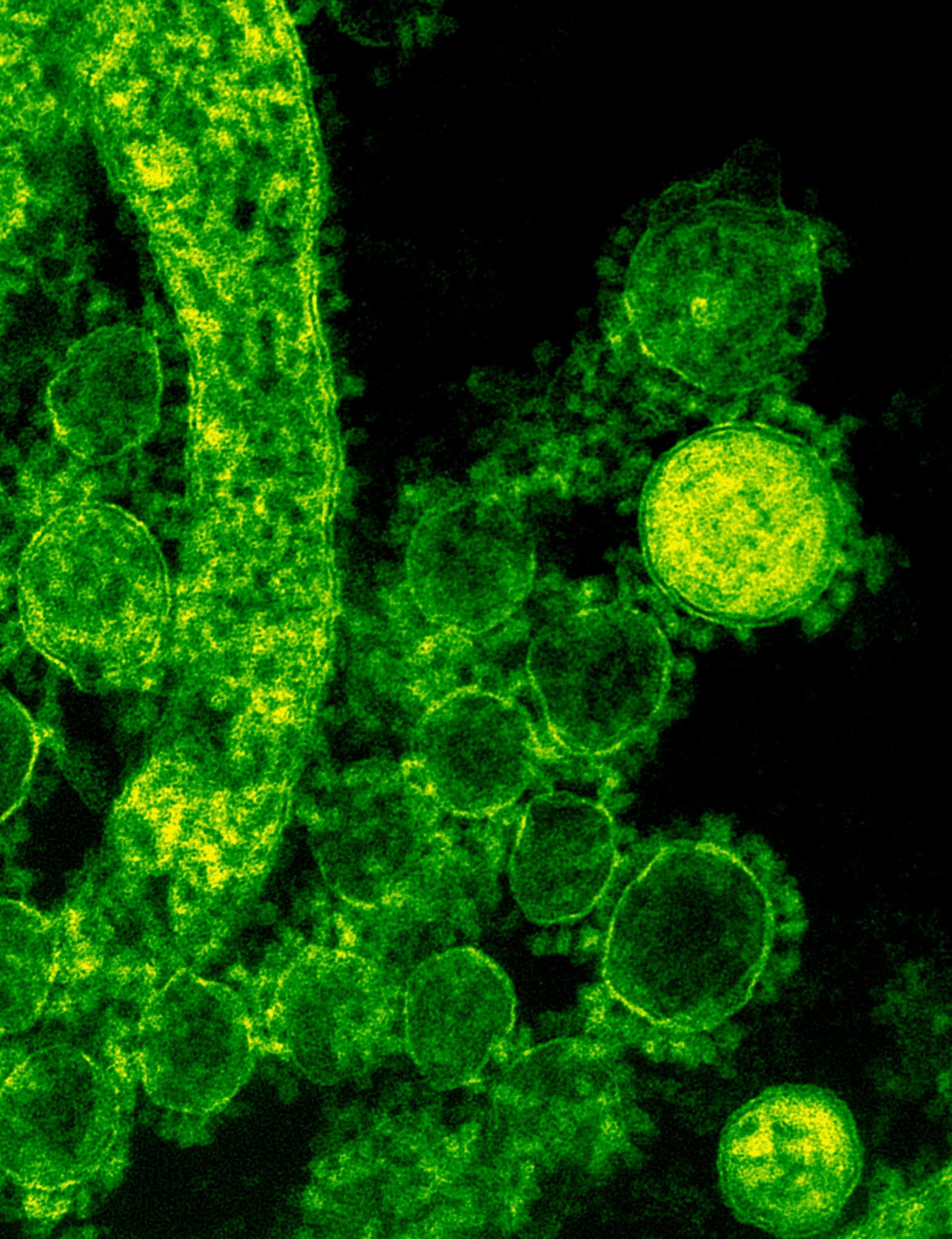Table of Contents
![]()
Maintaining a thriving aquarium requires more than just a beautiful tank and healthy fish. One of the most crucial yet often overlooked aspects of aquarium care is the role of beneficial bacteria. These microorganisms play a fundamental role in maintaining a balanced and healthy aquatic environment. This article will explore the significance of beneficial bacteria, their role in the nitrogen cycle, how to cultivate and maintain them, and their impact on your aquarium’s health.
The Nitrogen Cycle in Aquariums
Definition and Significance
The nitrogen cycle is a natural biological process that transforms harmful substances into less toxic forms, crucial for the health of your aquarium. This cycle involves the conversion of ammonia, a toxic byproduct of fish waste, uneaten food, and decaying plant material, into nitrite and then nitrate, which are less harmful and can be managed more easily. Beneficial bacteria are essential to this process, breaking down these compounds and ensuring a stable environment for your aquatic life.
Stages of the Nitrogen Cycle
- Ammonia (NH3) Production:
- Sources of Ammonia: Fish produce ammonia through waste products, and uneaten food or decomposing plant material can also contribute. Ammonia is highly toxic to fish, causing stress, illness, and even death.
- Impact on Aquatic Life: High levels of ammonia can lead to poor water quality and compromise fish health. Therefore, it is crucial to manage ammonia levels effectively.
- Nitrite (NO2) Production:
- Conversion Process: Ammonia is converted into nitrite by bacteria known as Nitrosomonas. This step is vital as nitrite is also toxic to fish but less so than ammonia.
- Toxicity and Effects: Elevated nitrite levels can impair the fish’s ability to transport oxygen, leading to respiratory issues and potentially fatal conditions.
- Nitrate (NO3) Production:
- Conversion Process: Nitrobacter bacteria convert nitrite into nitrate. While nitrate is much less harmful than ammonia and nitrite, high concentrations can still cause issues.
- Management: Regular water changes and proper tank maintenance help manage nitrate levels, ensuring they remain within safe limits.
Types of Beneficial Bacteria
Nitrosomonas
- Function and Importance: Nitrosomonas bacteria are responsible for converting ammonia into nitrite. This step is crucial for reducing the toxicity of ammonia and is a key component of the nitrogen cycle.
- Optimal Conditions: These bacteria thrive in well-oxygenated environments with stable temperatures. They prefer a pH range between 6.5 and 8.0.
Nitrobacter
- Function and Importance: Nitrobacter bacteria convert nitrite into nitrate, further detoxifying the water. This process is essential for completing the nitrogen cycle and reducing harmful substances.
- Optimal Conditions: Similar to Nitrosomonas, Nitrobacter prefers stable, well-oxygenated conditions and a pH range between 6.5 and 8.0.
Other Helpful Bacteria
- Denitrifying Bacteria: These bacteria help convert nitrate into nitrogen gas, which is then released into the atmosphere. They play a role in reducing nitrate levels in the aquarium.
- Decomposers: Bacteria that break down organic matter, such as uneaten food and dead plants, help in reducing waste and preventing the accumulation of harmful substances.
Cultivating and Maintaining Beneficial Bacteria
Establishing a New Aquarium
- Cycling the Tank: To establish a healthy colony of beneficial bacteria, you need to cycle your aquarium. This can be done through fishless cycling, which involves adding ammonia to the tank to feed the bacteria, or fish-in cycling, where you gradually introduce fish and monitor water parameters closely.
- Using Bacterial Supplements: Commercial bacterial supplements can help jumpstart the cycling process by introducing beneficial bacteria to the tank.
Maintaining Bacteria Populations
- Regular Feeding and Maintenance: Regular feeding of your fish and maintenance practices help keep the bacteria well-fed and active. Avoid overfeeding, as excess food can lead to higher ammonia levels.
- Monitoring Water Parameters: Regularly check ammonia, nitrite, and nitrate levels to ensure that the bacteria are effectively processing waste. Adjust water changes and feeding routines as necessary.
Troubleshooting Issues
- Identifying Bacterial Imbalances: Signs of bacterial imbalances include fluctuations in ammonia, nitrite, or nitrate levels, and symptoms of fish stress or illness.
- Solutions: Address imbalances by adjusting feeding practices, increasing water changes, or using bacterial supplements to boost bacterial populations.
Enhancing Bacterial Health
Proper Filtration
- Types of Filters: Filters provide essential habitat for beneficial bacteria. Biological filters, such as sponge filters or those with ceramic media, are particularly effective.
- Cleaning Protocols: Avoid excessive cleaning of filter media, as this can remove beneficial bacteria. Instead, clean filters gently and on a schedule to avoid disrupting bacterial colonies.
Water Quality Management
- Temperature, pH, and Hardness: Maintaining stable temperature, pH, and hardness levels helps ensure optimal conditions for bacterial growth. Sudden changes can stress or kill beneficial bacteria.
- Avoiding Harmful Chemicals: Be cautious with medications and water treatments, as some can negatively impact bacterial populations. Always follow guidelines and use treatments sparingly.
Biological Filtration Media
- Types of Media: Biological filtration media, such as ceramic rings and sponge filters, provide surfaces for bacteria to colonize.
- Best Practices: Regularly rinse media in tank water to avoid killing bacteria with chlorine or other harsh chemicals.
The Impact of Beneficial Bacteria on Aquarium Health
Effects on Fish and Plant Health
- Reduction of Toxic Substances: Beneficial bacteria help reduce toxic substances like ammonia and nitrite, leading to a healthier environment for fish and plants.
- Improved Water Clarity: By breaking down organic waste, beneficial bacteria contribute to clearer water and better oxygenation.
Long-Term Benefits
- Stability of the Aquarium Ecosystem: A well-established bacterial colony contributes to a stable and resilient aquarium ecosystem, reducing the risk of sudden water quality issues.
- Reduction in Water Changes: Effective bacterial filtration reduces the need for frequent water changes, making aquarium maintenance more manageable.
Case Studies and Examples
Successful Aquarium Setups
- Balanced Bacteria: Aquariums with a healthy balance of beneficial bacteria often exhibit stable water conditions and thriving fish.
- Common Mistakes: Overfeeding, inadequate filtration, and abrupt changes in water conditions are common mistakes that can disrupt bacterial colonies.
Advanced Techniques
- Experienced Aquarists: Advanced techniques include using denitrifying filters and optimizing bacterial growth through specific media and supplements. These methods can enhance the efficiency of the nitrogen cycle and improve overall tank health.
Conclusion
Beneficial bacteria are the unsung heroes of aquarium maintenance, playing a vital role in keeping your aquatic environment balanced and healthy. Understanding their role in the nitrogen cycle, cultivating and maintaining their populations, and enhancing their health are crucial for a thriving aquarium. By following best practices and staying informed, you can ensure that your aquarium remains a vibrant and stable habitat for your fish and plants.
Share This





Be the first to comment